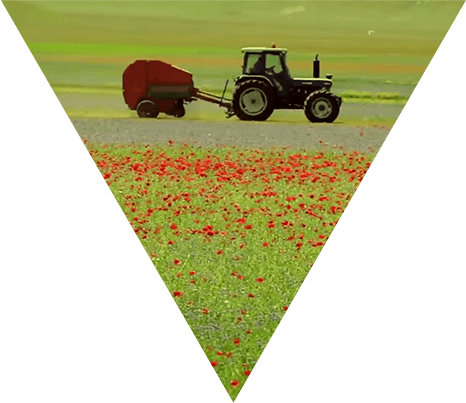

















EFSA has developed a methodological framework to strengthen the approach its scientists take to select, appraise and integrate evidence in scientific assessments.The process clearly shows how we decide which evidence is used (or not used) and how, the reasons for all decisions taken, and how this impacts on the results.This will improve communication of the results to decision-makers, other scientists and our stakeholders.




How free the process for dealing with data and evidence is from preconceptions due to prior knowledge of the results of the available studies
Timeliness and effectiveness of the assessment in answering the original question
Engaging with relevant parties.
Increasing clarity & reproducibility of the assessment.
Outstanding scientific credentials of the experts responsible for the assessment and use of sound scientific methodological approaches for collecting, appraising and integrating evidence
NEW Evidence the cycle continues
EFSA chiefly provides scientific advice in response to questions related to food and feed safety. For example: Is a pesticide safe? Will a GM crop affect the environment? Other questions may concern the potential benefits of nutrients for consumers or measures to control plant pests. Decision-makers use our advice to inform their policy making, regulatory decisions and control measures. The questions are often broad and complex.
Relevant data are collected for the assessment.
Strengths and weaknesses of evidence are assessed
Data are examined and combined taking into account their relative strengths, weaknesses and related uncertainty.




Carrying out the assessment as far as possible in line with the strategy. Data are selected, appraised and integrated according to pre-defined criteria and methods are tailored to the objectives and context of the assessment




Corroborating the assessment process with the strategy




Documenting and explaining the process, results and conclusions and ensuring accessibility of methods and data.




Our new approach involves a 4-step process designed to fulfil these principles: impartiality, transparency and openness, excellence in scientific assessments and responsiveness.
Fit-for-purpose, evidence-based scientific advice for decision-making that contributes to consumer confidence in EU food safety.











